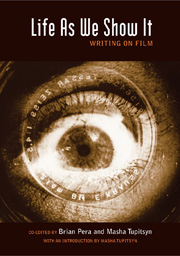Luna Park is a review of the world of literary magazines, founded on the idea that journals are as deserving of critical attention as other artistic works. Every Tuesday, Luna Park editor Travis Kurowski will present selected news on the Fictionaut blog. Welcome to Luna Digest.
Literary magazine publishing has always been a risky endeavor, forever skirting the edge of the market. Foundational magazines, such as the Pre-Raphaelite The Germ and high modernists like The Little Review and transition, suffered tumultuous and typically short lives, constantly searching for funding to keep their publications (and, so, their writers) in print. Even contemporary literary gems like Grand Street and Chelsea — though beautifully designed and publishing fantastic writing by such talents as Edward Said, Raymond Carver, and Grace Paley — had to fold along with many other magazines in the past decades due to insufficient funds.

In 2009, with the current economic downturn and the accelerating pace of new developments in digital publishing (Google Books, Kindle, Scribd, etc.), literary magazine editors and publishers have even more hurdles and opportunities to consider.
- As many already know, Virginia Quarterly Review editor Ted Genoways alerted many readers in May to the recent problems of fellow university endowed literary magazines The Southern Review and New England Review, who have both been notified their budgets will be either slashed or eliminated.
- Poet Victoria Chang offered up her two cents about the financial problems of New England Review and the mass of literary magazines on her blog here and here.
- Flatmancrooked managing editor Kaelen Smith writes on the magazine’s blog about how he feels that the free publishing website Scribd can be a very useful tool for publishers.
- The Kindle has rocked the publishing landscape in a way previous e-readers did not, and now some literary magazines are offering up supplemental e-reader options. Monkeybicycle issue 6 is now available on Kindle, as is the new magazine Electric Literature, which features new Kindled work by Jim Shepard and Michael Cunningham.
- (And, on the subject of the future of e-readers, James Wolcott wonders in the August 2009 Vanity Fair, “How can I impress strangers with the gem-like flame of my literary passion if it’s a digital slate I’m carrying around, trying not to get it all thumbprinty?” How indeed.)
 New literary-magazine-type-project Significant Objects has moved original literary publishing onto not Amazon, but Ebay, with original writing by Lizzie Skurnick, Ben Greenman, Lydia Millet, Claire Zulkey, Luc Sante, Matthew Sharpe, and others readers can bid on.
New literary-magazine-type-project Significant Objects has moved original literary publishing onto not Amazon, but Ebay, with original writing by Lizzie Skurnick, Ben Greenman, Lydia Millet, Claire Zulkey, Luc Sante, Matthew Sharpe, and others readers can bid on.
And in other literary magazine news:
David Hamilton steps down as editor of Iowa Review after 32 years. Russell Valentino will take over the magazine.
Literary magazine super-couple Dave Eggers (McSweeney’s) and Vendela Vida (The Believer) in an interview with Nathan Englander for Interview magazine.
Guernica magazine writer EC Osondu wins the Caine Prize for African Writing, also referred to as the “African Booker,” for his story “Waiting” published in the magazine in October 2008.
Monkeybicycle announces Jessa Marsh as their new web editor. Marsh is also an assistant editor at Storyglossia. (And it just so happens she has stories in both magazines, here and here.)
Both Gigantic and Spinning Jenny will be represented at the July 30th Literary Death Match hosted by Todd Zuniga and Erin Hosier the Bowery Poetry Club.
New literary magazine kill author (see for yourself) names first issue after noted semiotician Roland Barthes. Includes writing by J.A. Tyler, xTx, Ethel Rohan, and many others. (The second issue is to be named after British playwright Harold Pinter.)
The summer fiction issue of Mississippi Review Online is up, with new work by Andy Plattner, Carrie Spell, Myfanwy Collins, et al.
Tin House turns ten years old. If you are in Portland, Oregon, you should think about going to their party. Looks like quite a line-up.
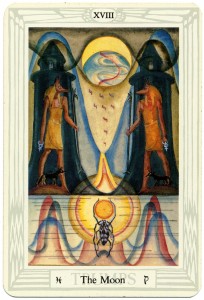
Cabinet magazine in Brooklyn has just opened up their own phantasmagoric art space, Observatory. From their website:
Observatory is a new exhibition/classroom/event space in the Gowanus neighborhood of Brooklyn, New York. Run by a group of seven artists and bloggers, the space seeks to present programming inspired by the 18th century notion of “rational amusement” and is especially interested in topics residing at the interstices of learning and amusement, art and science, and history and curiosity. The space hosts screenings, lectures, classes and exhibitions.
Nick Owchar writes in LA Times’ Jacket Copy that Britain’s famous literary thriller magazine The Strand will be serializing the first five chapters of a long-lost Graham Greene novel, which the author began at age 22 and never finished.
In its summer double issue, Poetry magazine offers letters to a young poet from arch-formalist Yvor Winters.
New July 2009 issue of PANK just went online, with new work by Laura Ellen Scott, Ethel Rohan, xTx, and Anne Valente. And, on the magazine’s blog, The Northville Review editor Erin Fitzgerald talks “about alter egos, pop culture and the reality TV horrors she knows so well.”
(As mentioned previously on Fictionaut) Matt Bell is editor of The Collagist, a new literary magazine from Dzanc Books. Here’s a bit about The Collagist in an email from Bell:
Dzanc Books is pleased to announce its newest venture: an online journal called The Collagist. Intent on continuing the Dzanc tradition of bringing extraordinary writing to a wide audience, the first issue of The Collagist will be published on August 15th, 2009, and appear subsequently each month thereafter.
The Collagist is edited by Matt Bell, with Matthew Olzmann as Poetry Editor. Each month The Collagist will deliver outstanding new short stories, poems, and essays from both emerging and established writers, as well as an exclusive excerpt from a forthcoming novel. Early excerpts will include works from the standard bearers of independent publishing, including Coffee House, Two Dollar Radio, and Unbridled Books. The Collagist will also publish several new book reviews in every issue.
The Collagist is immediately open for submissions in all categories. As you might assume, we suggest you read the books Dzanc and its imprints publish to get a flavor of what writing gets us most excited. Submissions guidelines can be found here.

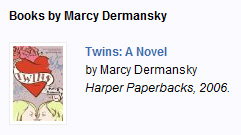



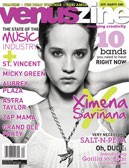 Laura Castellano
Laura Castellano

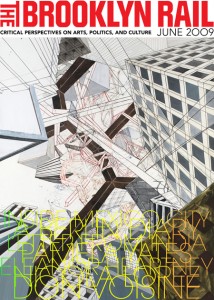

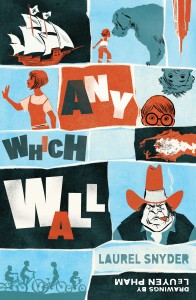
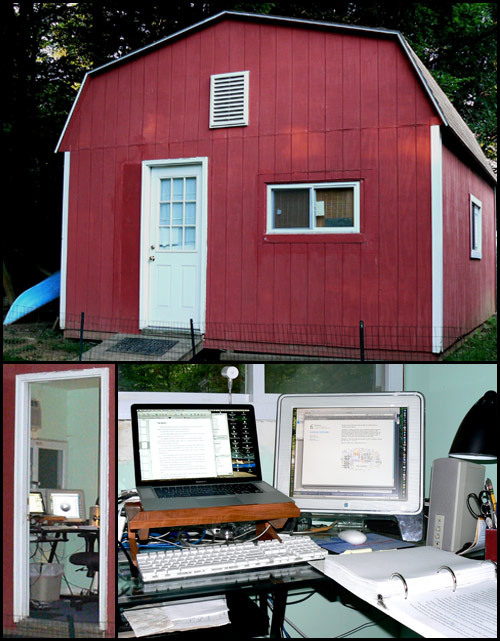
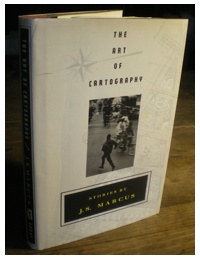 Alfred A. Knopf published J.S. Marcus’ collection of stories, The Art of Cartography in 1991, with a blurb by Amy Hempel: “Dozens of perfectly observed vignettes – the stories within stories – are amplified when Marcus pieces them together.” It can be had now for $1.99 via
Alfred A. Knopf published J.S. Marcus’ collection of stories, The Art of Cartography in 1991, with a blurb by Amy Hempel: “Dozens of perfectly observed vignettes – the stories within stories – are amplified when Marcus pieces them together.” It can be had now for $1.99 via 